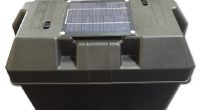Important Things to Know About Pastel Supplies
Drawing and painting with pastel allows you to do some incredible things with colours. Artwork made with pastels has intense, rich and brilliant tones and textures because pastels consist of powdered pigment and a binding agent. One of the reasons why it’s so appealing is because although the process of creating art with pastel resembles drawing, it can look as rich and vibrant as paintings.
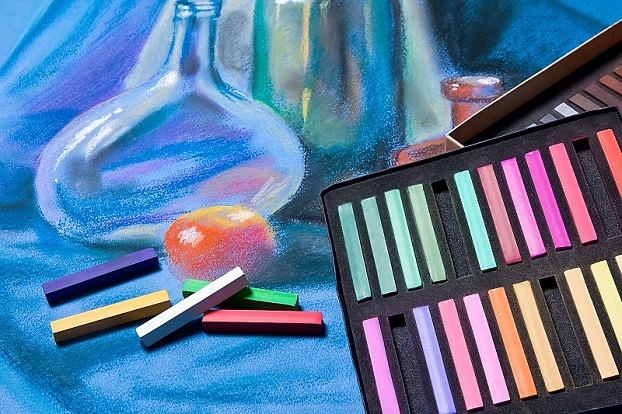
Source:brossard.ca
Pastel Art Essentials
Whether you’ve decided to try them out to create your own intricate pieces of art or to sketch or practice drawing, the first thing to do is to learn about the essential artists pastels supplies. And, even though if you started researching you’d probably come across an endless number of supplies, to start your pastel artist experiment, all you really need are pastel sticks or pencils, a surface to draw on, and your fingers.
Types of Pastels
There are several types of pastels, and the most common ones are hard, soft, oil pastels and pastel pencils. They all have different characteristics, and if we compare them to other mediums, they are quite simple to use. One of the reasons is that they have the ability to provide very intense colours faster than other media, which also makes them incredibly useful for artists and laics alike.
With a high concentration of pigments held together with the smallest amount of binding agent, soft pastels crumble easily, leaving beautifully intense colour traces behind them. Because of this, they can easily be blended and layered, allowing for best colour effects. This is probably the reason why they are the most popular type of pastels.
Oil pastels also use a lot of pigment, but apart from the pigment, but the binding agents they use are oil and wax. They also give very intense and bright colours, and they provide more consistency than the other types, and even more different effects.
Hard pastels are made from the same ingredients as soft pastels, but they have less pigment and more binder. As a result, they provide less intense colours, but they are more stable, and harder to break or crumble. Artists mainly use them in combination with soft pastels, even though it’s possible to use them on their own as well.
Pastel pencils provide you with more control for details. Some artists don’t really like them exactly because of this ability. The ones that use them, mainly use them in combination with other pastel types. They aren’t as messy, which is why they are great for drawing and sketching without a lot of preparation, and they are especially good for hobbyist artists, as well as for colouring.
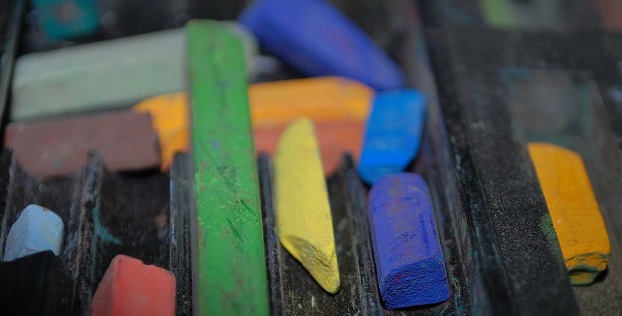
Source:howtopastel.com
How to Choose Your Pastels?
In spite of the simplicity of use, art pastels are very versatile. Artists can achieve a variety of different stunning effects, and they can use them in a range of different techniques. They can’t be mixed together as well as other mediums, but they come in an incredibly vast range of colours, and they can be intricately layered and blended for any effect you want to achieve.
You can purchase pastels individually or in sets, and they come at different prices, depending on whether a natural pigment is used, or substitute hue. Furthermore, the price will vary depending on how hard or easy the natural pigment is to obtain, and how hard or easy the synthetic pigment is to produce. As a general rule, there are artist and student pastels, the latter tend to be the cheaper version, but not as good as the first ones.
If you are just starting, or you just want to try them out, the easiest way is to buy pastels as a premade set. If your plan is to draw or paint, you could opt for soft or oil pastel sticks for more vibrant colours and easier blending. You could go for a smaller or a larger one, depending on what’s your intention, but you should try to resist the urge to buy too many different colours at once.
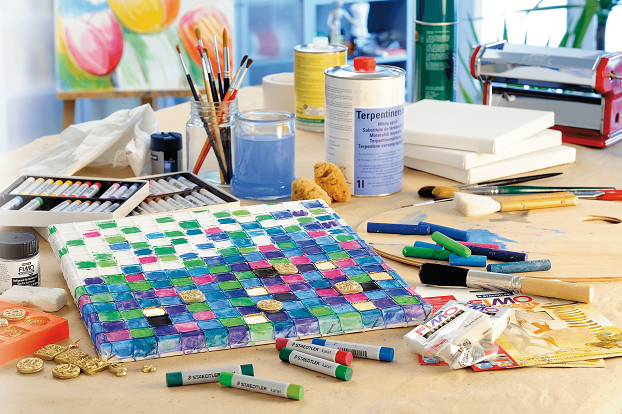
Source:staedtler.com
Surfaces
The next thing on the list of artists pastels supplies you should decide on is the surface. Though, as abovementioned, you could simply opt for a piece of regular paper, there are many other options you could to consider.
The most important consideration when it comes to the surface on which you´ll be creating your pastel artwork is how well the pastel will bind to it – or the tooth of the paper, and the appearance or the consistency of the surface – or the texture of the paper. More tooth and texture mean that your pastel will stick better to the paper, and you will be able to layer better and more easily. For this reason, though you can use regular paper, the results won’t be as good.
If you want the be sure you will be satisfied with the result from your first drawing or painting, the easiest way is to simply look for pastel paper while you are buying pastel art supplies. Pastel paper or Ingres paper is textured and it comes in different colours and tones.
The reason pastel artists usually use toned or coloured paper is that it allows them to unify the artwork more efficiently. You could simply try to find a colour that complements the colours of the pastels you’ve chosen for your artwork. Apart from pastel paper, artists also use watercolour paper, pastel board or canvas, but you should only go for it once you’ve mastered using this beautiful and versatile medium.
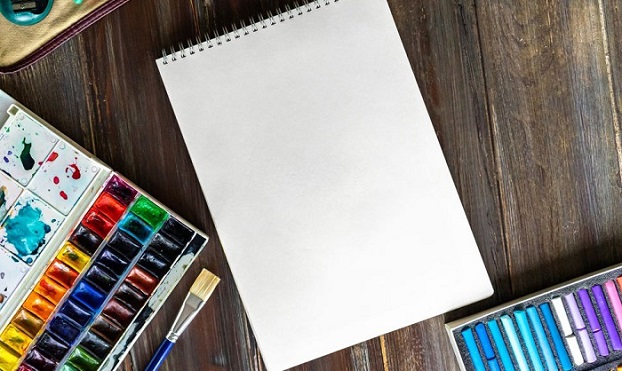
Source:artltdmag.com
Other Pastel Supplies
Apart from the crucial ones – the medium and the surface, there are other pastel art supplies you could consider purchasing if you know you are sure you’re going to stick to pastels, such as fixative (especially if you are using soft pastels), a sketchbook for practising, a drawing board, an easel etc.
However, there are other supplies that you probably already have at home that might be useful to you, regardless whether you are a beginner or an experienced artist, such as an apron (to protect your clothes) and disposable gloves (if you don’t want to have direct skin contact with the pigments).



